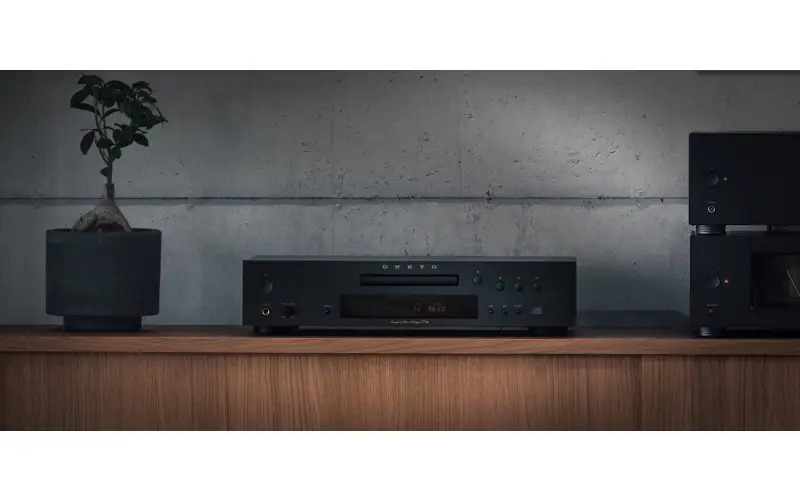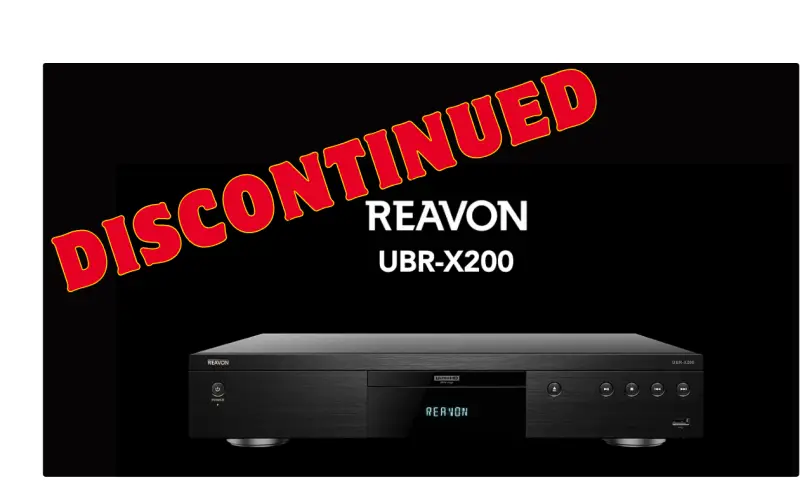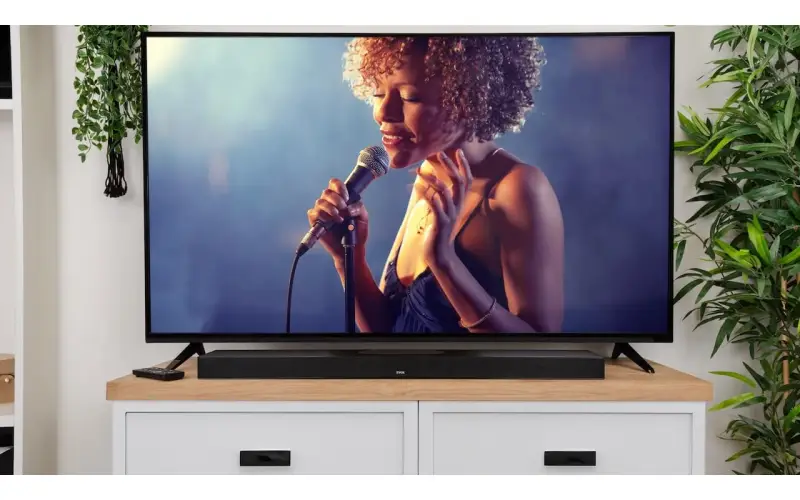By: Dipin Sehdev
The Federal Communications Commission (FCC), under the leadership of Chairman Brendan Carr, is poised to dramatically redefine the nation's broadband goals. The proposed changes, scheduled for a vote on August 7th, threaten to roll back Biden-era advancements, effectively lowering the bar for what constitutes "universal broadband" and, perhaps most controversially, eliminating any focus on the affordability of internet access. This pivot marks a significant departure from previous efforts to ensure high-speed, equitable internet for all Americans, raising critical questions about the future of digital inclusion in the United States.
At the heart of the debate is Section 706 of the Telecommunications Act, which mandates the FCC to periodically assess whether advanced telecommunications capabilities are being deployed "on a reasonable and timely basis." Historically, this assessment has been a battleground for political ideologies, with Democratic-led commissions typically pushing for higher speed benchmarks and broader definitions of access, while Republican-led commissions have favored a more hands-off approach. Carr's proposal firmly aligns with the latter, sparking widespread apprehension among consumer advocates and tech policy analysts.
The Great Broadband Backtrack: Lowering the Bar
One of the most immediate and impactful changes proposed by Chairman Carr is the abolition of the "long-term speed goal" of 1 Gigabit per second (Gbps) download and 500 Megabits per second (Mbps) upload speeds. This ambitious target, established in March 2024 by the previous FCC, aimed to future-proof the nation's digital infrastructure, recognizing the escalating demands of a data-intensive world. Carr argues that such a goal is "not mentioned in section 706" and risks "skewing the market by unnecessarily potentially picking technological winners and losers," citing concerns that it might disadvantage non-fiber technologies like satellite and fixed wireless.
This argument, while framed as technologically neutral, has drawn criticism for potentially undermining investment in cutting-edge fiber infrastructure, which is inherently capable of delivering these higher speeds. The Biden administration, in contrast, had actively prioritized fiber deployment through initiatives like the $42 billion BEAD program, designed to bridge the digital divide. Critics fear that by removing the gigabit goal, the FCC is signaling a reduced commitment to truly high-speed internet, potentially leaving vast swathes of the population with merely "adequate" service while other nations surge ahead.
While the 100 Mbps download and 20 Mbps upload standard, adopted last year, appears to remain as the current benchmark for fixed broadband availability, Carr's proposal seeks comment on this approach, hinting at the possibility of further adjustments. This uncertainty adds another layer of concern for those advocating for robust, future-proof broadband.
Affordability: The "Extraneous" Detail
Perhaps the most contentious aspect of Carr's proposal is the decision to scrap the analysis of broadband affordability. The FCC chairman deems such scrutiny "extraneous" to the core Section 706 inquiry, arguing that terms like "affordability" and "adoption" "appear nowhere in Section 706." This stance directly contradicts the previous administration's efforts, which had begun to explore ways to incorporate granular pricing data into its annual analysis, recognizing that access without affordability is not true access.
The notion that affordability is "extraneous" has ignited a firestorm of criticism. For millions of low-income Americans, the cost of internet service remains a significant barrier to participation in the digital economy, impacting everything from education and employment to healthcare and civic engagement. By ignoring this crucial aspect, the FCC risks creating a scenario where, on paper, broadband may be "available" to a high percentage of the population, but in reality, a substantial segment cannot afford to utilize it. This move is seen by many as a clear win for telecom giants, who would face less pressure to lower prices or offer more competitive plans.
The debate over affordability is not merely academic. The Biden-era FCC had initiated inquiries into how pricing data could be better integrated into its reports, acknowledging that the lack of such information limited a comprehensive understanding of true broadband access. Now, that initiative is set to be abandoned, leaving a critical gap in the FCC's understanding of the real-world challenges faced by consumers.
A Deregulatory Drive: "Delete, Delete, Delete"
Carr's proposal is indicative of a broader deregulatory agenda, echoing past moves like the 2017 scrapping of net neutrality rules under former Chairman Ajit Pai. The current chairman has openly championed a "Delete, Delete, Delete" initiative, aiming to dismantle what he considers unnecessary regulations. The call for comment within the proposal itself explicitly asks if there are "any regulatory barriers impeding broadband deployment, investment, expansion, competition, and technological innovation that the Commission should consider eliminating."
While proponents argue that deregulation fosters innovation and investment, critics warn that it often comes at the expense of consumer protection and equitable access. The current shift aligns with pro-industry sentiments that view strict regulations as hindrances, potentially benefiting major providers like Comcast and AT&T by reducing the onus to expand high-speed infrastructure into less profitable areas or offer more affordable options. This philosophical divide underscores the cyclical nature of broadband policy, which frequently flips with each change in administration.
The Shadow of Digital Inequity
The implications of these proposed changes extend far beyond technical benchmarks. They cast a long shadow over the ongoing struggle for digital equity in the United States. With billions of dollars, such as the $42 billion BEAD program, already allocated to broadband expansion, the redefinition of "success" could allow the FCC to declare victory prematurely, potentially stifling further investment and leaving underserved communities in the lurch.
Reports from sources like Ars Technica highlight how redefining success metrics could enable the agency to more easily conclude that broadband is adequately available nationwide. This, combined with the abandonment of affordability reviews, could mask the true extent of the digital divide, especially in rural and low-income areas. The current situation, where some sources indicate zero connections from over 1,000 days of the BEAD program, further emphasizes the challenges of actual deployment.
Moreover, the political backdrop includes discussions around auctioning off Wi-Fi spectrum in the 6GHz band, a move that CNET suggests could potentially slow home networks. Senate Republicans, led by figures like Ted Cruz, have advocated for reallocating airwaves to mobile carriers, raising concerns about Wi-Fi performance for consumers reliant on the latest routers. These interwoven policy decisions paint a picture of a future where high-speed, affordable, and reliable internet may become a luxury rather than a universal utility.
Streaming in a Shifting Landscape: What Speeds Do You Really Need?
Amidst these regulatory machinations, a fundamental question for everyday users remains: what kind of internet speed do you actually need to enjoy your favorite streaming services? The FCC's proposed shift away from gigabit goals could impact the perceived need for higher-tier internet plans, but the reality of modern streaming demands a certain baseline.
Here's a breakdown of the minimum recommended streaming speeds for popular services, presented in a clear, concise grid:
| Streaming Service | Standard Definition (SD) | High Definition (HD) | 4K Ultra HD (UHD) | Special/Highest Quality (e.g., Pure Stream) |
| Bravia Core | N/A | N/A | 115 Mbps (for 80 Mbps Pure Stream) | 30 Mbps (for 30 Mbps Pure Stream) |
| Netflix | 3 Mbps | 5 Mbps | 25 Mbps | N/A |
| Amazon Prime Video | 1 Mbps | 5 Mbps | 15-25 Mbps | N/A |
| Hulu | 3 Mbps (Streaming Library) | 8 Mbps (Live TV) | 16 Mbps | N/A |
| Apple TV+ | 2.5 Mbps | 6 Mbps (720p HD), 8 Mbps (1080p HD) | 25 Mbps (estimated, based on general 4K needs) | N/A |
| Fandango at Home (Vudu) | 1-2 Mbps | 4.5-9 Mbps | 11 Mbps+ | N/A |
| HBO Max (Max) | 5 Mbps | 5 Mbps | 15 Mbps (officially), 50+ Mbps (recommended for best 4K) | N/A |
| Disney+ | N/A | 5 Mbps | 25 Mbps | 8 Mbps (Live Content) |
Export to Sheets
Note: These are minimum recommended speeds for a single stream. If multiple devices in your household are streaming simultaneously, or if you're also engaged in online gaming, video conferencing, or large file downloads, you will need significantly more bandwidth to avoid buffering and quality degradation. For 4K streaming, many experts suggest having at least 25-50 Mbps per 4K stream as a comfortable buffer.
Voice Your Concerns: How to Engage in the Digital Dialogue
The proposed changes at the FCC are not a done deal. Public sentiment and engagement can play a crucial role in shaping these policies. If you are concerned about the implications of the FCC's proposed broadband strategy, there are several avenues to make your voice heard:
-
Contact the Federal Communications Commission (FCC):
-
Online Filings: The FCC provides an online Electronic Comment Filing System (ECFS) where individuals can submit comments on open proceedings. While the specific docket number for this proposal will be released once it's officially published, you can generally search for "Section 706 Report" or "Broadband Deployment Inquiry." Keep an eye on the FCC's website for instructions on how to file comments for the August 7th vote.
-
Phone: You can contact the FCC directly. While a specific line for policy comments may not always be advertised, you can try the general consumer inquiry line: 1-888-CALL-FCC (1-888-225-5322). Be prepared to state that you wish to file comments concerning the Chairman's proposal regarding the Section 706 report, broadband speed goals, and affordability analysis.
-
Mail: You can also send written comments to the FCC. Address them to: Office of the Secretary, Federal Communications Commission, 445 12th Street SW, Washington, DC 20554. Be sure to reference the relevant proceeding (e.g., "In the Matter of Inquiry Concerning Deployment of Advanced Telecommunications Capability to All Americans in a Reasonable and Timely Fashion").
-
-
Reach Out to Your Congressional Representatives:
-
Find Your Representatives: You can easily find your U.S. Senators and House of Representatives members by visiting their respective websites (senate.gov and house.gov) and using their "Find Your Legislator" tools, usually by entering your zip code.
-
Call or Email Their Offices: Most congressional offices have dedicated staff who handle constituent inquiries. Explain your concerns clearly and concisely. Emphasize how the FCC's proposed changes might impact you, your family, or your community, particularly regarding access to affordable and high-speed internet.
-
Attend Town Halls: Many representatives hold town hall meetings in their districts. This provides an opportunity for direct engagement and to express your views in person.
-
-
Engage with Advocacy Groups:
-
Numerous non-profit organizations and consumer advocacy groups are actively campaigning on broadband issues. Organizations like Public Knowledge, Free Press, and Common Cause frequently mobilize public support and provide easy-to-use tools for contacting policymakers. Following their work can keep you informed and provide avenues for collective action.
-
-
Participate in Online Discussions:
-
While not a direct channel to policymakers, engaging in online forums and social media (e.g., Reddit's r/technology, X) can help raise awareness and build solidarity among those concerned about the FCC's direction. Use relevant hashtags and share reliable information to amplify the discussion.
-
The decision before the FCC on August 7th will have far-reaching consequences for the future of broadband in the United States. Whether the nation continues its pursuit of ubiquitous, high-speed, and affordable internet or shifts to a more relaxed, industry-centric approach remains to be seen. However, informed public engagement will be critical in shaping that outcome.





